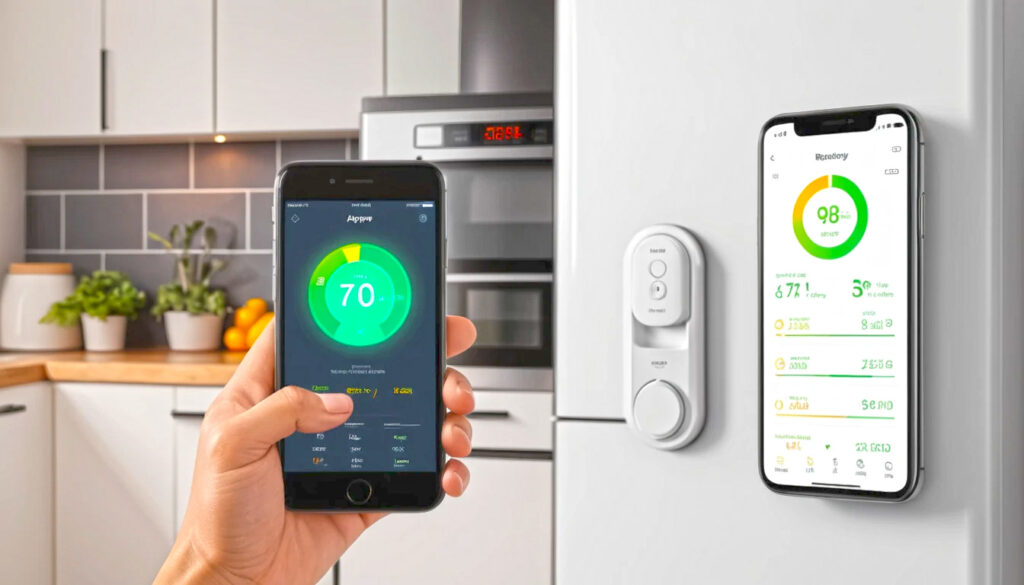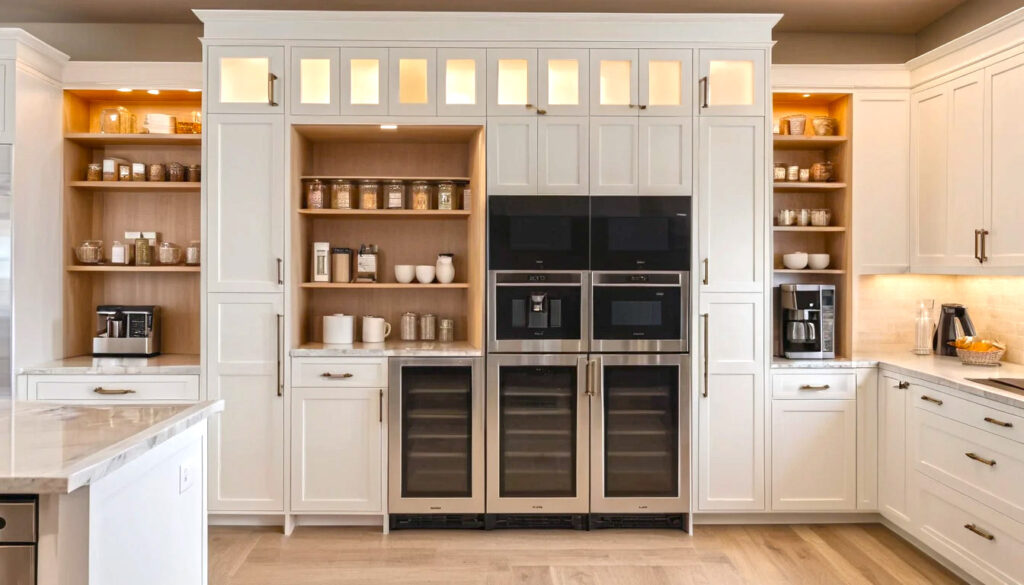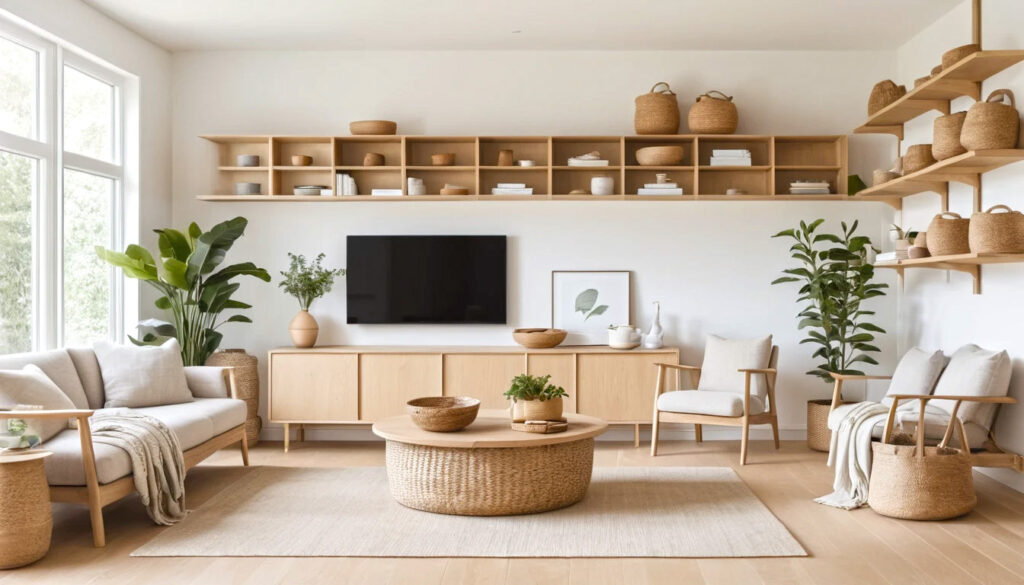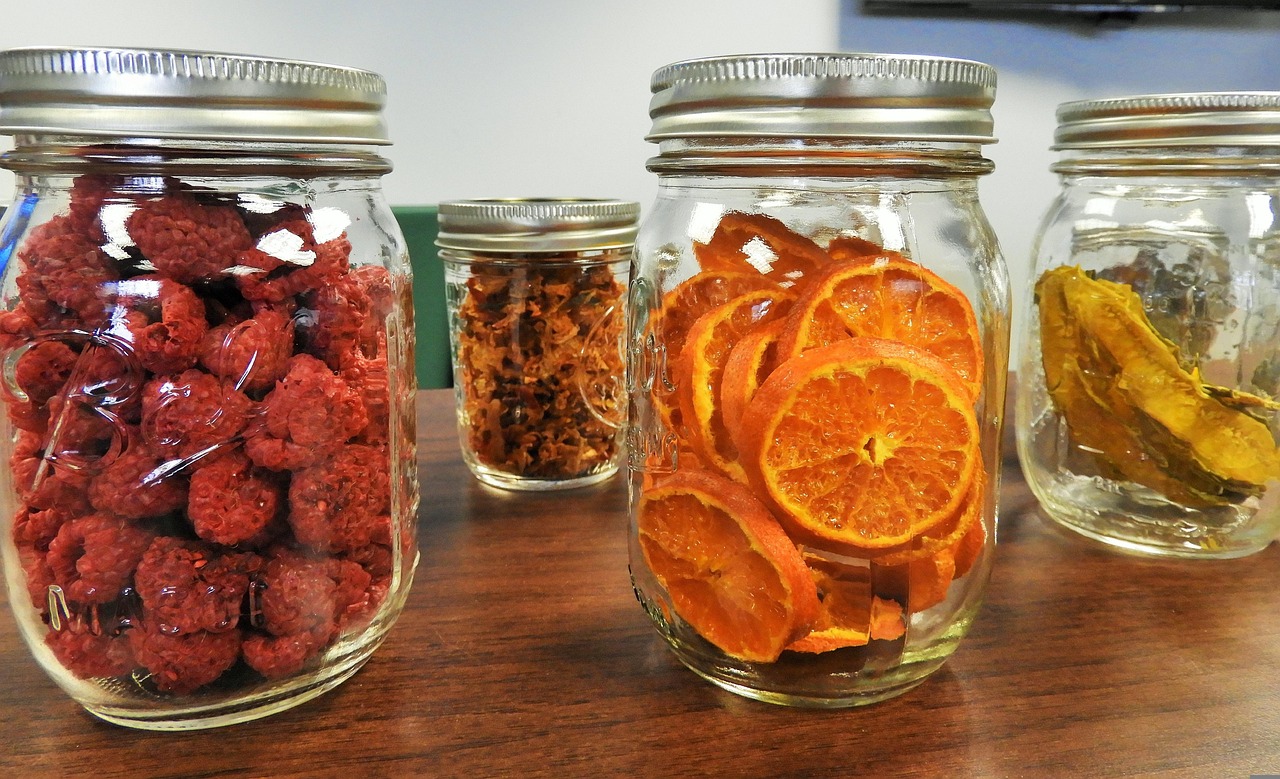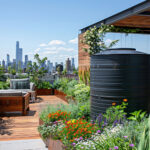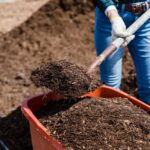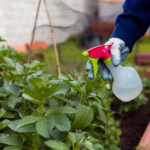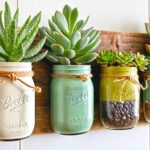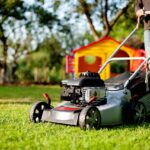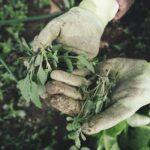Now Reading: Herb and Vegetable Growing Indoors Like a Pro
-
01
Herb and Vegetable Growing Indoors Like a Pro
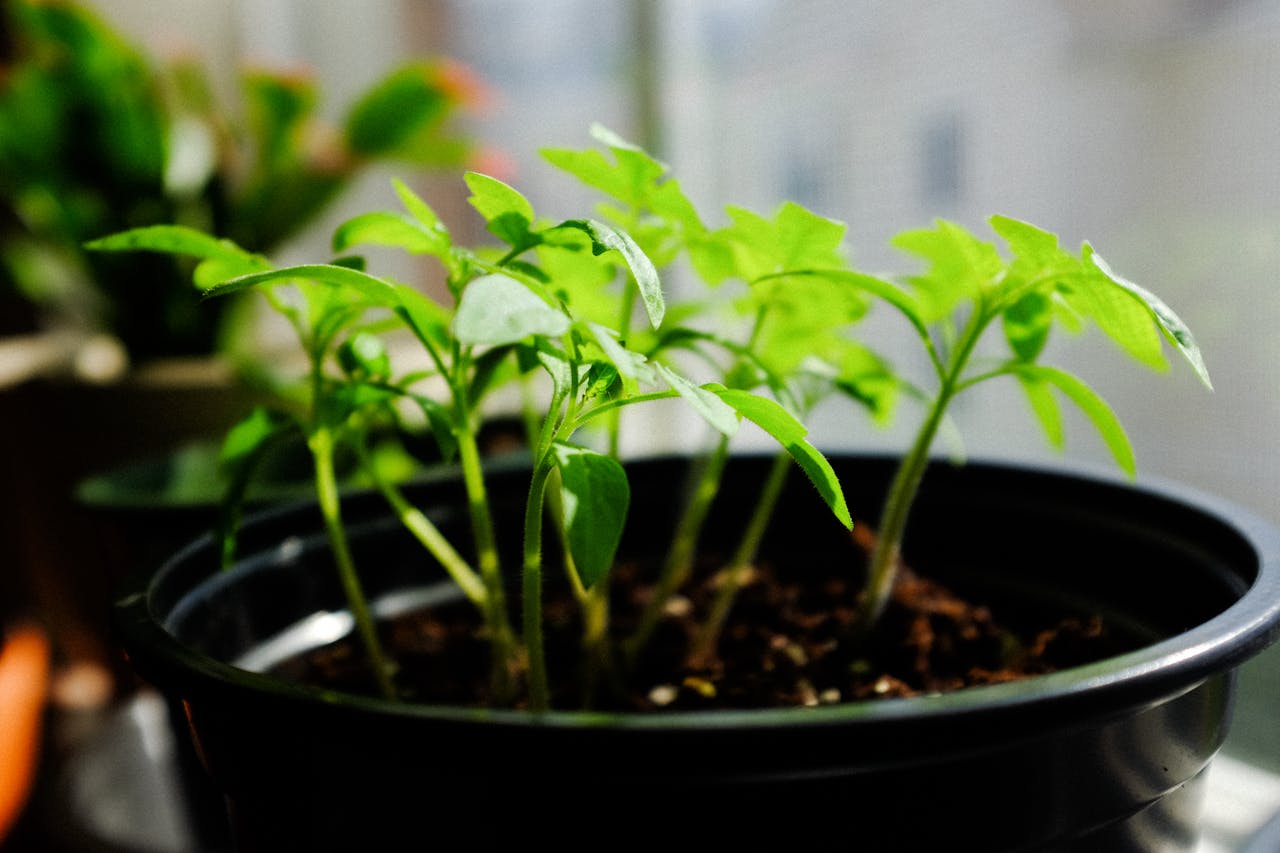
Herb and Vegetable Growing Indoors Like a Pro
When Your Living Room Becomes a Salad Bar
So you’ve decided to try herb and vegetable growing indoors. Congratulations — you’re officially entering the world where basil gets more care than your houseplants, and parsley gets its own shelf.
The first few weeks of indoor herb gardening feel like running a daycare for seedlings. You’ll panic over every droopy leaf, question your watering schedule, and whisper sweet nothings to your thyme. But here’s the secret: it’s way easier (and funnier) than you think — especially if you enjoy watching things grow slower than your Wi-Fi.
Grab your pots, lights, and misplaced optimism. It’s time to turn your apartment into a micro-farm that smells like heaven and sometimes… compost.
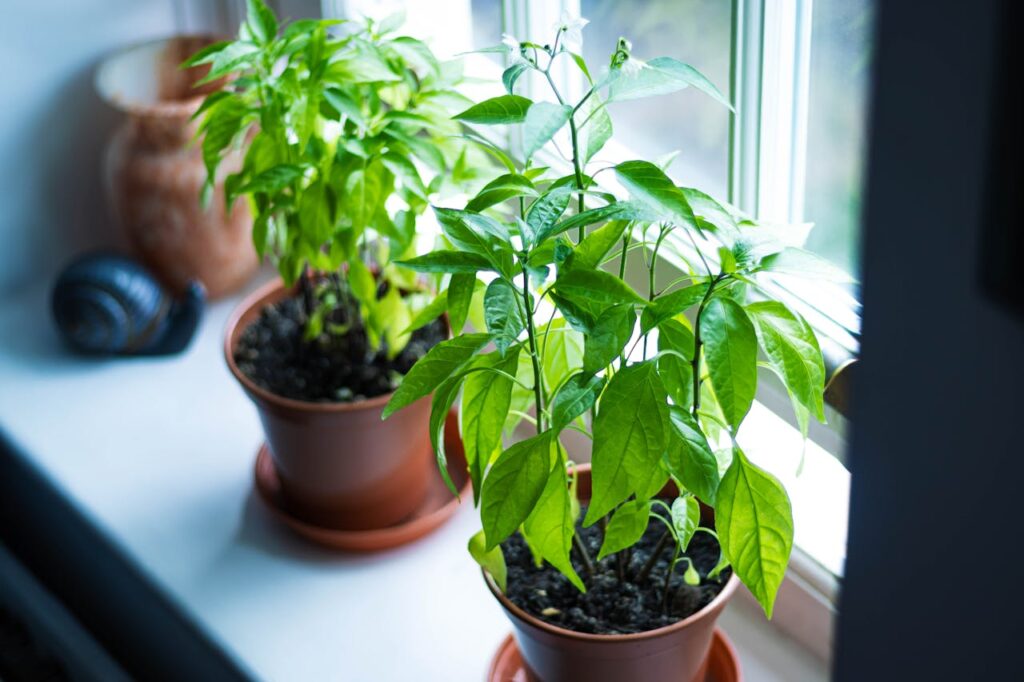
1. Herb and Vegetable Growing Indoors: Your Home, but Greener
When I started herb and vegetable growing indoors, I treated every pot like a newborn. I over watered the basil, gave motivational speeches to the rosemary, and nearly froze the mint under the air conditioner. Don’t be like early-me.
Here’s what you really need to know: different herbs, different moods.
- Basil container planting: The drama queen of herbs. It demands sunlight and warm gossip. Keep it in moist but not soggy soil or it’ll wilt faster than my patience on Monday mornings.
- Indoor mint cultivation: Mint spreads faster than rumors in a small town. Keep it in its own pot unless you want a mint takeover.
- Indoor rosemary care: Treat it like a cat — minimal attention, dry feet, lots of indirect love.
- Indoor thyme planter: Forgiving, low-maintenance, and perfect for people who forget to water.
- Indoor parsley pot + chives indoor window sill: They love that south-facing window gardening glow. Give them sunlight and a compliment now and then.
- Oregano indoor pots and growing cilantro inside: Great kitchen buddies. Cilantro grows fast; oregano hangs out like a chill friend who’s always ready for pizza night.
See? You’re not just growing herbs — you’re managing a tiny, leafy soap opera.
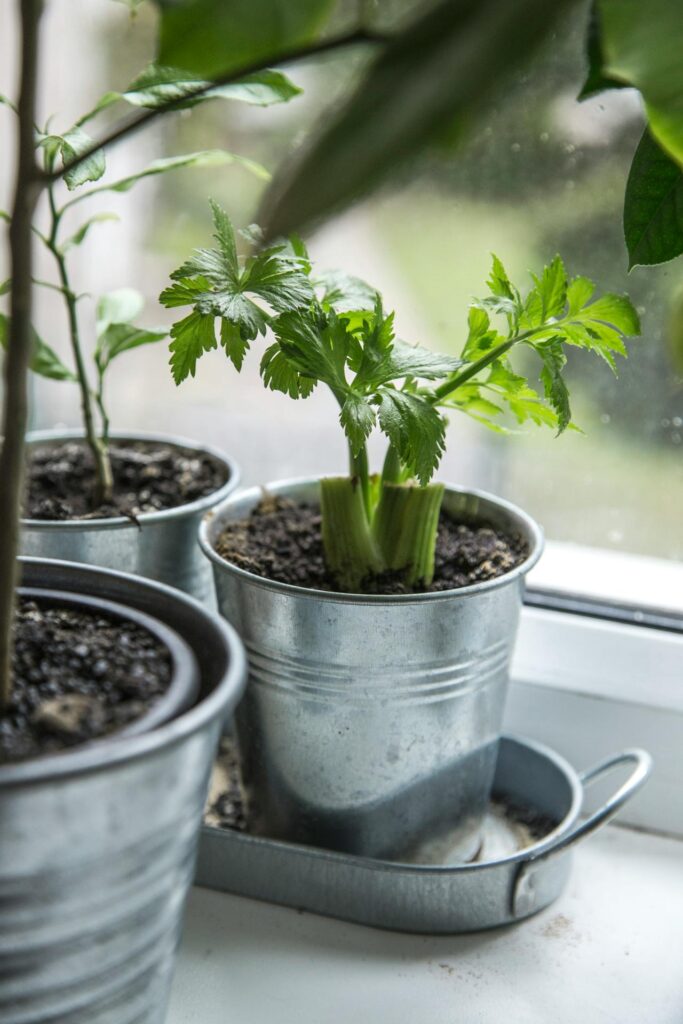
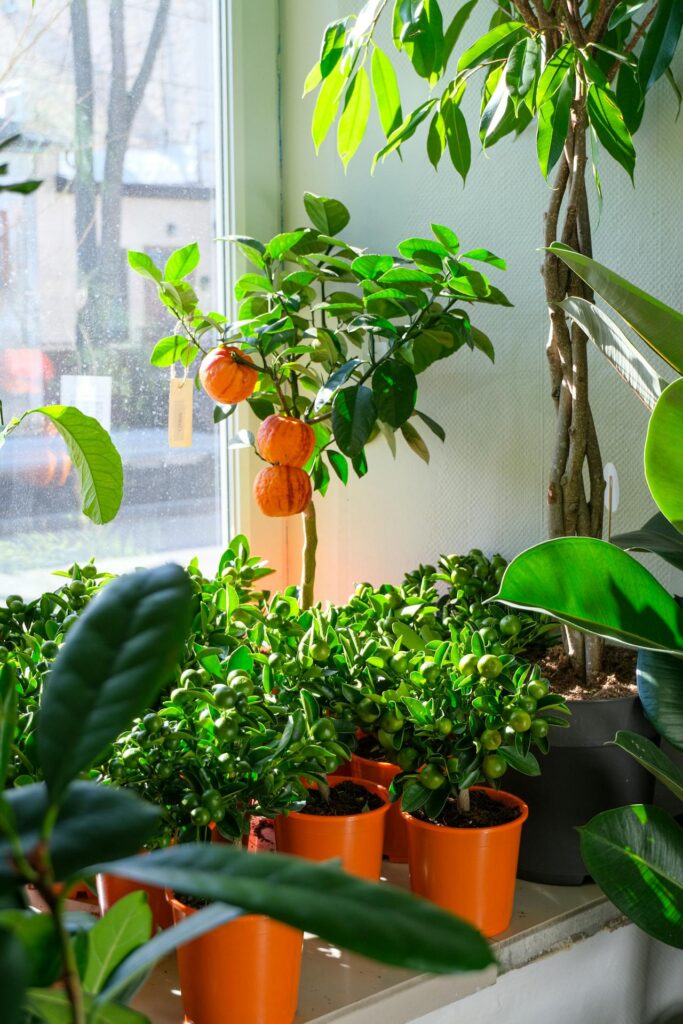
2. Herb and Vegetable Growing Indoors: Light It Up, Baby
Lighting can make or break your plant dreams. Sunlight is free, but your walls might block the party. That’s where LED grow lights for indoor gardening come in. They’re like tiny suns you control — without the risk of a tan.
- Use full spectrum indoor light for even growth (your plants like a balanced diet, not Instagram filters).
- A herb garden under grow lights is a must if your window light is weaker than your coffee.
- Keep supplemental lighting duration around 12–14 hours a day, unless you’re secretly trying to grow mutant spinach.
Want to go full nerd? A grow tent for vegetables with reflective walls indoor garden will make you feel like you’re gardening on Mars. Add indoor gardening shelves for organization and maybe a label maker for aesthetic bragging rights.
Don’t forget your indoor garden temperature control — plants hate mood swings. Keep it cozy, 18–24°C. Add a humidifier for indoor plants for that spa-day vibe and make sure air circulation indoor garden is solid. Stale air = grumpy leaves.
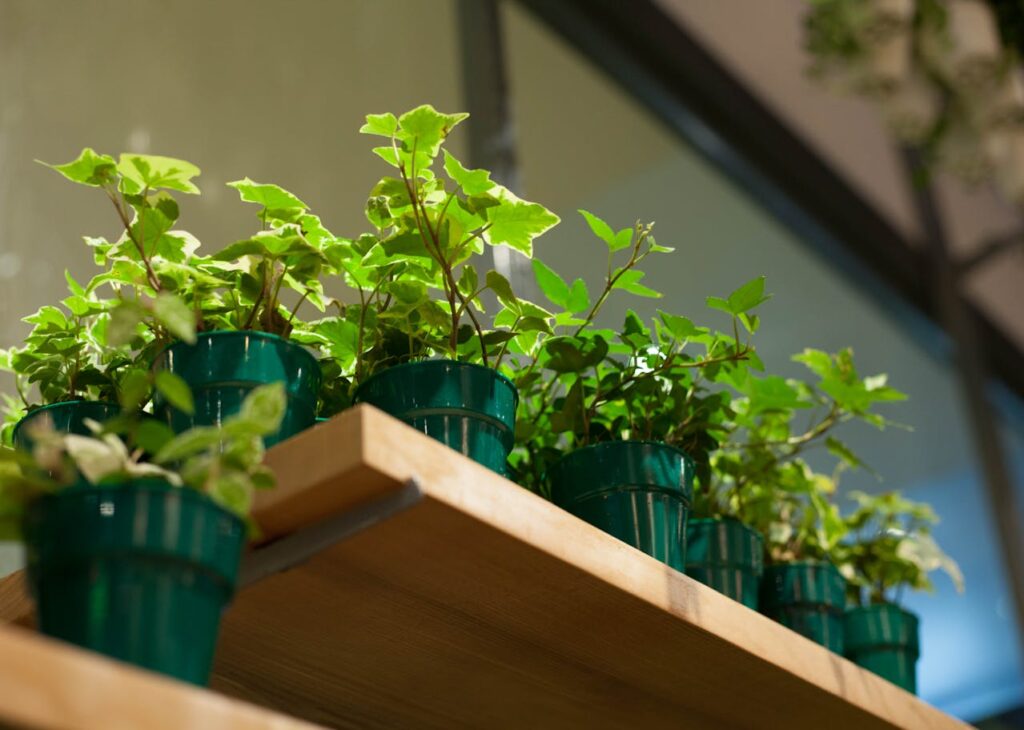
3. Herb and Vegetable Growing Indoors: Soil, Snacks, and Watering Fails
Let’s talk dirt — or the fancy versions of it.
Your plants deserve premium comfort, not random backyard mud. Get a potting mix for herbs that’s light, fluffy, and drains better than your bank account after a plant shopping spree.
When it comes to vegetables, soil less mix is your best friend for indoor vegetables. It deters pests and makes your plants grow faster than you can.
Feeling futuristic? Try hydroponic indoor herbs. No soil, just water and nutrient solution indoor gardening. You’ll feel like you’re running a mini science lab — goggles optional.
Don’t forget the snacks. Fertilizing indoor herbs with organic fertilizer indoors keeps them happy. Or go fancy with compost tea for indoor plants. Yes, compost tea. It smells exactly how it sounds, but plants love it.
Keep the pH for indoor garden soil between 6.0–7.0 (plants get cranky outside that range). Stick to a watering schedule indoor pots and remember the golden rule: moist but not soggy soil.
If you travel or forget things easily (hello, me), self-watering planters will save your basil from an early grave.
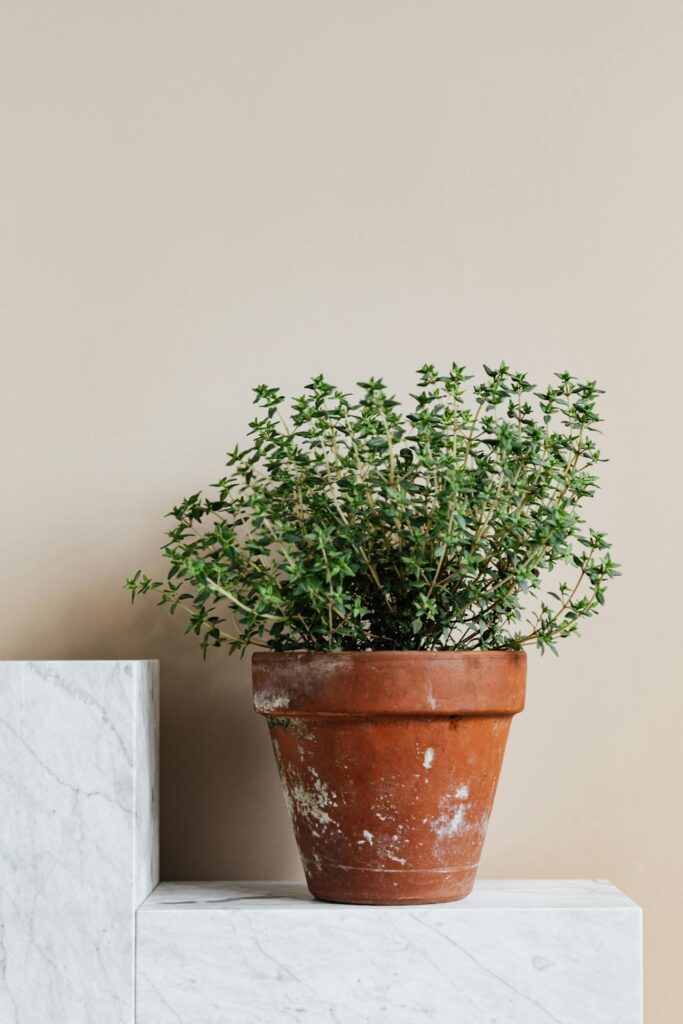
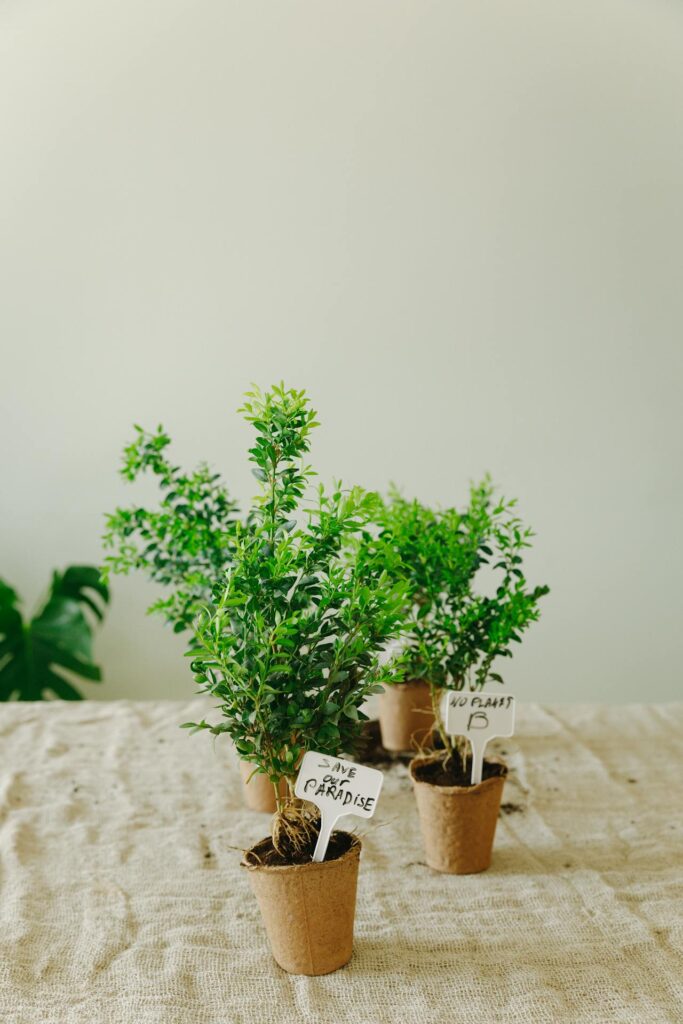
4. Herb and Vegetable Growing Indoors: From Sprouts to Supper
The real fun starts with herb seed starting indoors. Those little green dots will make you prouder than your high-school awards.
Start with easy stuff — basil, parsley, and chives in your micro herb garden indoors. For veggies, try indoor tomato seedlings or indoor pepper plants. They grow fast and forgive mistakes.
Feeling adventurous? Add indoor cucumber vines or radishes in containers. They grow quick and make you look like you know what you’re doing.
For salad lovers:
- Grow leafy greens indoors like indoor lettuce growing, spinach in pots indoors, and kale indoor container.
- Add indoor salad greens and micro greens indoors for garnish that screams “chef.”
Even root veggies can join the party. Small carrots indoors and indoor root vegetables work beautifully if your pots have drainage and pot holes.
Stick to compact veggie varieties for indoors. They’re like bonsai vegetables — adorable, manageable, and perfect for tight spaces.
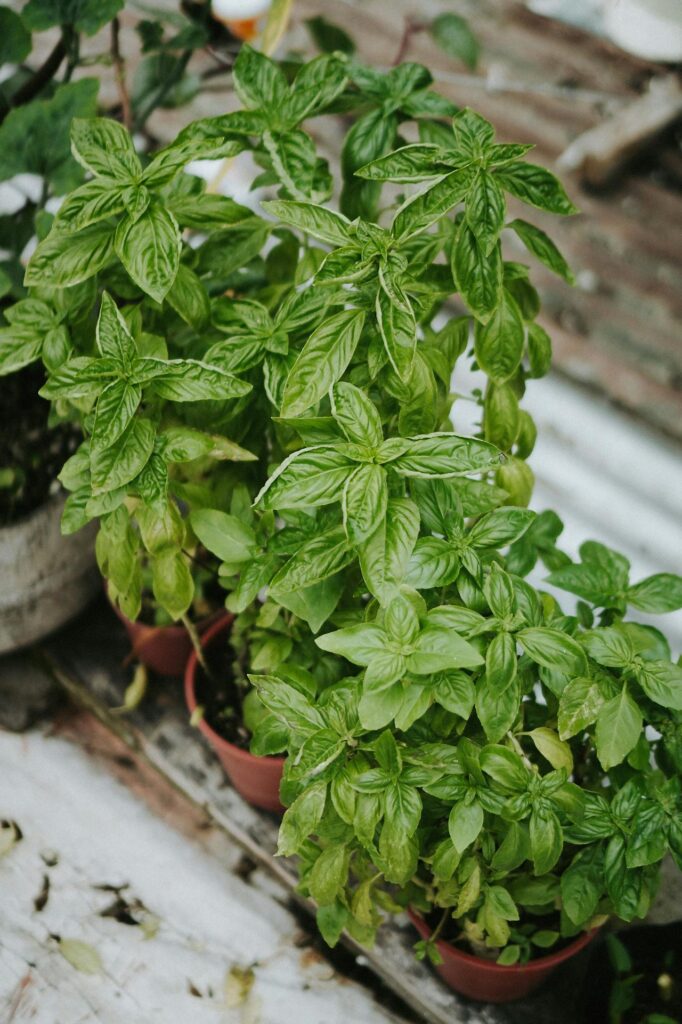
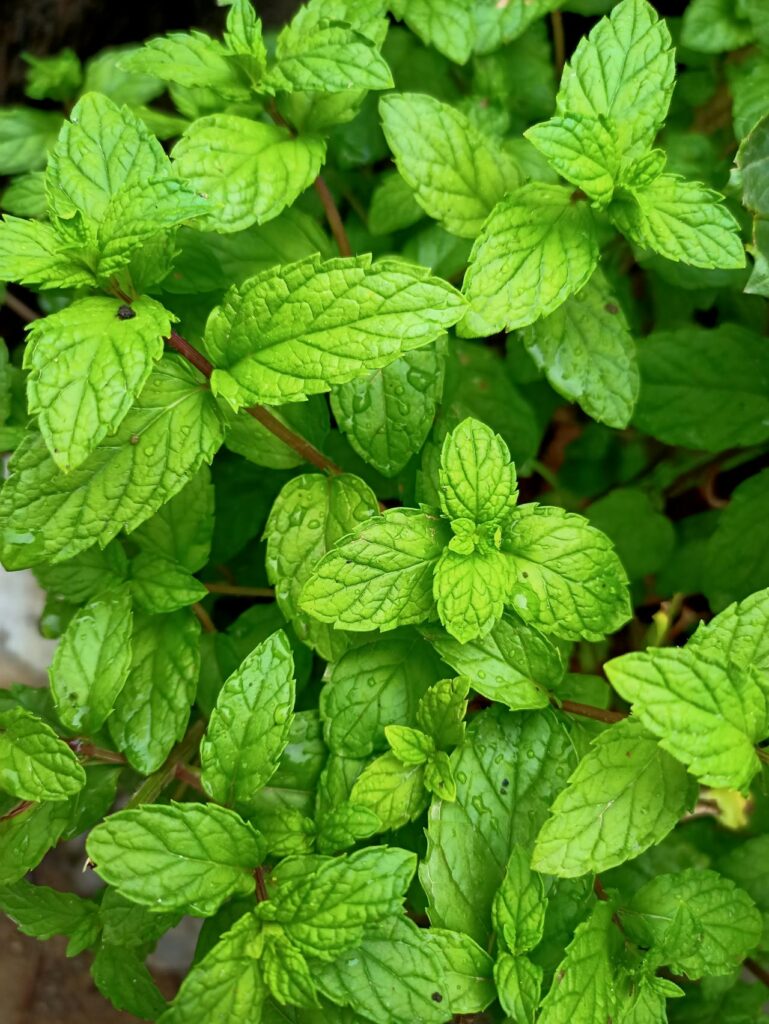
5. Herb and Vegetable Growing Indoors: When Things Get Weird
Let’s address the emotional part of herb and vegetable growing indoors. Sometimes your plants throw tantrums.
- Aphids on indoor herbs? Spray them off — they’re freeloaders.
- Mildew in indoor vegetables? Ease up on watering and get that air circulation indoor garden going.
- Fungal issues indoors? That’s plant language for “I can’t breathe.”
A tidy plant is a happy plant. Try pruning indoor herbs and trimming herbs regularly. It’s like giving them haircuts that make them grow better.
Dusty leaves? Give them a spa day with cleaning leaves indoor plants. A soft cloth and gentle wipe — your plant will look red-carpet ready.
Once a month, rotate pots indoor. Plants like variety too; it keeps growth even and prevents that “leaning tower of lettuce” look.
If things get cramped, re-potting indoor vegetables is your best move. Think of it as apartment hunting for your spinach.
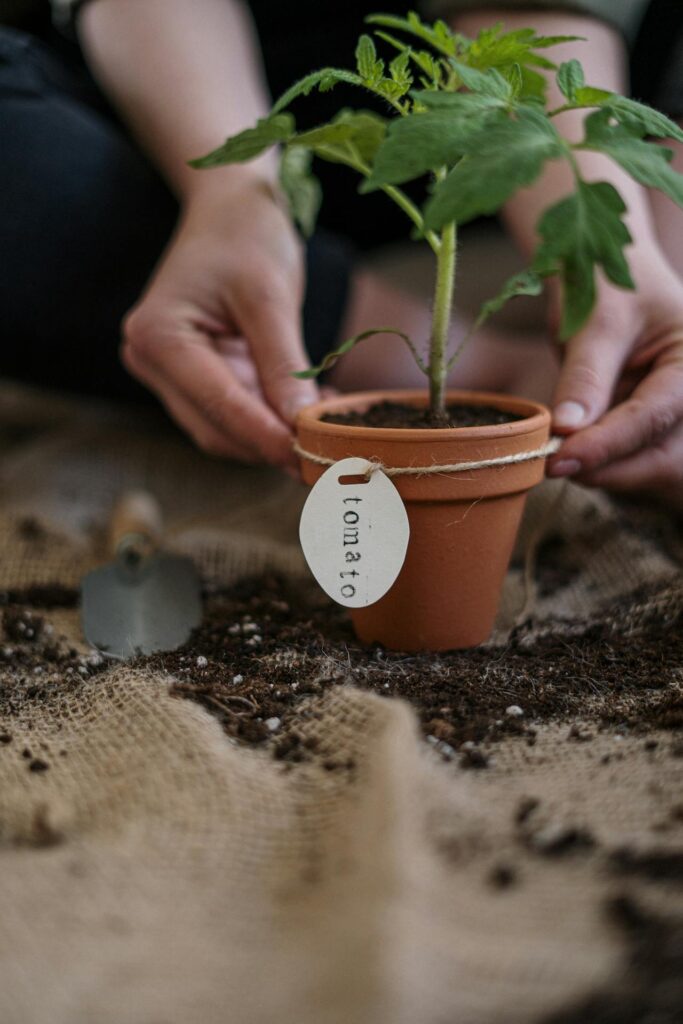
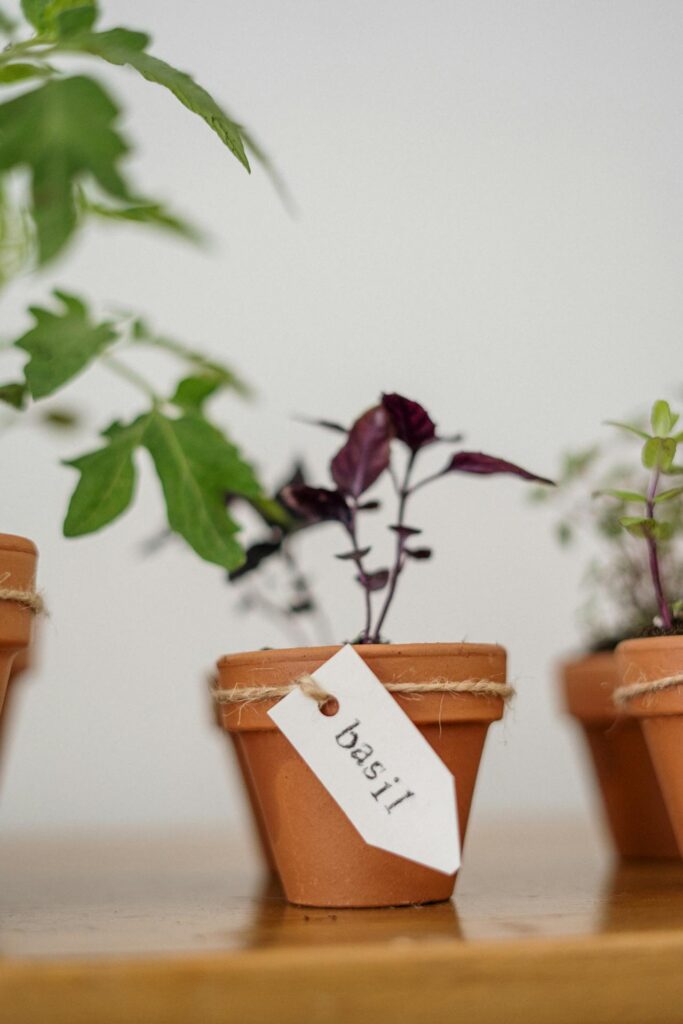
6. Herb and Vegetable Growing Indoors: Making It Pretty
Your home garden should look as good as it tastes.
Try a kitchen windowsill herb garden — it’s the minimalist’s dream. Picture it: your indoor parsley pot catching sunlight while you chop onions dramatically.
Short on space? Go vertical with a vertical herb wall indoors.
Love flexibility? Modular indoor gardening systems or compact indoor gardening design setups let you move your greens around like stylish furniture.
Aesthetics matter — decorative indoor planters can turn any kitchen into a magazine spread. Mix textures, add indoor planter box ideas, and voila, instant style points.
If you’re the tech-geek gardener, indoor hydroponic systems and indoor garden stations will make your place look like a spaceship full of salad.
Don’t skip companion planting indoors. Basil boosts tomato flavor, chives guard lettuce, and you get to play plant matchmaker.
Lastly, plan your indoor food garden layout wisely — easy access, balanced light, and space for you to brag about it when guests visit.
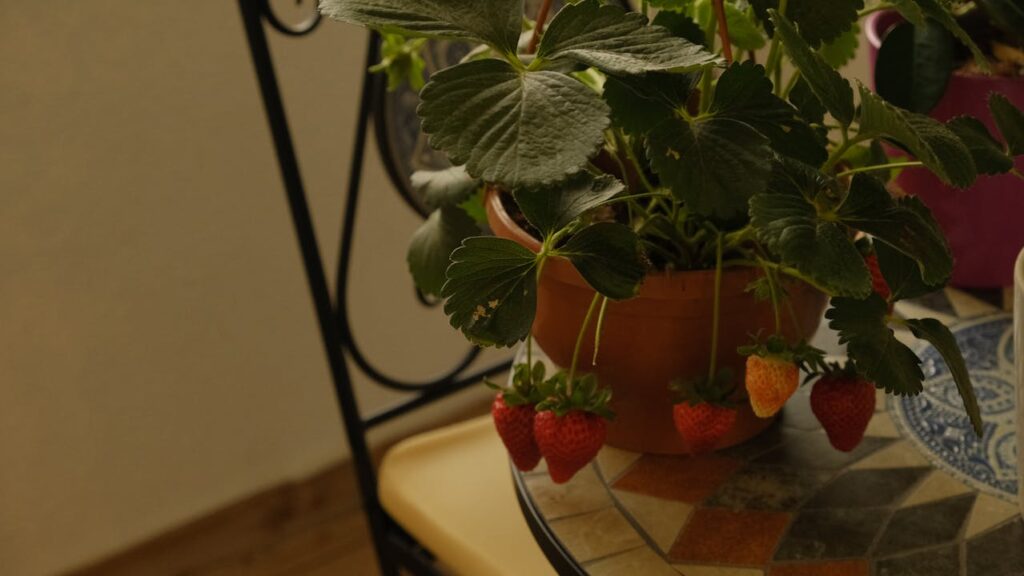
7. Confessions of a Recovering Plant Helicopter Parent
When I started herb and vegetable growing indoors, I was… intense. I talked to my basil daily, over-misted the thyme, and adjusted lights like a NASA engineer. The basil still died.
Then I learned to chill. Plants don’t need drama; they need consistency. I switched to aerated potting mix, figured out my watering schedule indoor pots, and my micro greens indoors exploded like confetti.
Now, my spinach in pots indoors thrives, and I’ve got indoor lettuce growing so lush it makes grocery lettuce look embarrassed.
Cooking is now a power move. I grab rosemary from my indoor rosemary care pot, cilantro from the growing cilantro inside tray, and suddenly, dinner feels like an event.

8. Harvest, Feed, Repeat
Harvesting time is the moment of truth. Gently snip — don’t yank. Harvesting indoor vegetables is supposed to feel satisfying, not violent.
Keep trimming herbs regularly to encourage growth, and feed them every few weeks with fertilizing indoor herbs or organic fertilizer indoors.
When plants start to sulk, check their roots. They might be begging for re-potting indoor vegetables. Rotate your crops occasionally, and remember — companion planting indoors keeps everyone happier.
If you’re feeling extra, brew some compost tea for indoor plants. It’s weirdly rewarding, and your plants will love you for it.
You might also like these gardening hack:
👉 Seed Germination Shortcuts for Greener Thumbs – Wake Lazy Seeds Fast
👉 Pest Control without Chemicals: Natural, Safe, and Effective – Bye-Bye Bugs, Naturally
👉 Composting and Soil Improvement Tips for Thriving Gardens – Feed Your Garden Right
👉 Outdoor Garden Hacks: Smart Tips for Greener Yards – Turn Yards into Green Magic
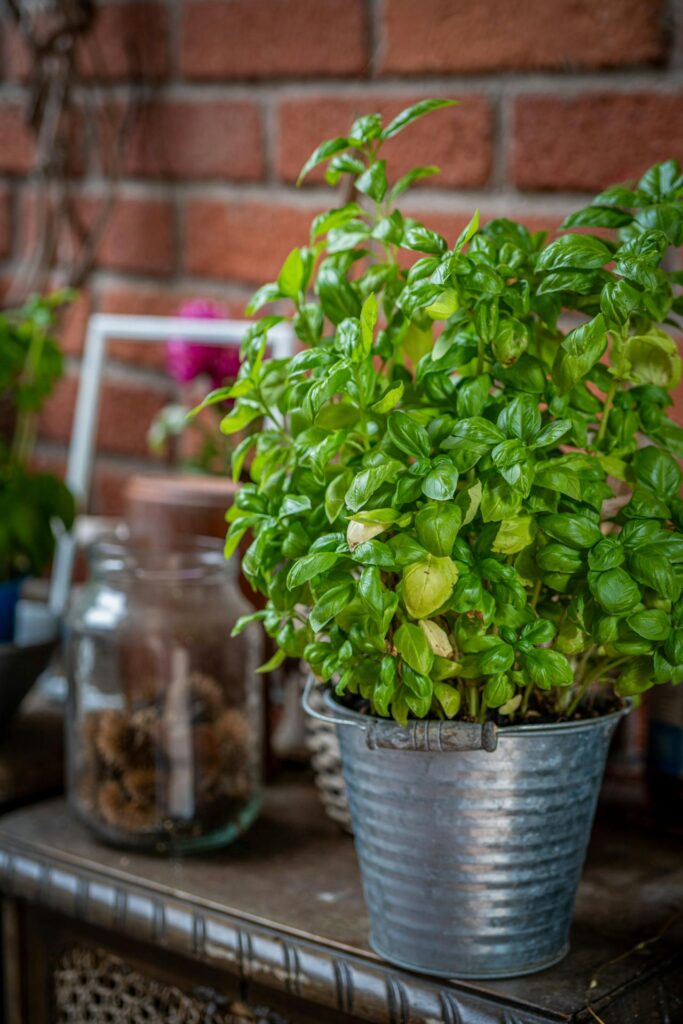
9. Why you’ll Never Stop Herb and Vegetable Growing Indoors
Once you start herb and vegetable growing indoors, you can’t stop. Its therapy, decor, and dinner all rolled into one.
Your indoor gardening shelves will fill up, your tiered shelf gardening will overflow, and suddenly your living room looks like a tropical salad buffet.
From your basil container planting to your indoor cucumber vines, every leaf becomes a tiny victory.
So set up your full spectrum indoor light, grab your humidifier for indoor plants, and get growing. Because nothing — and I mean nothing — beats saying, “Oh this pesto? I grew it myself.”











